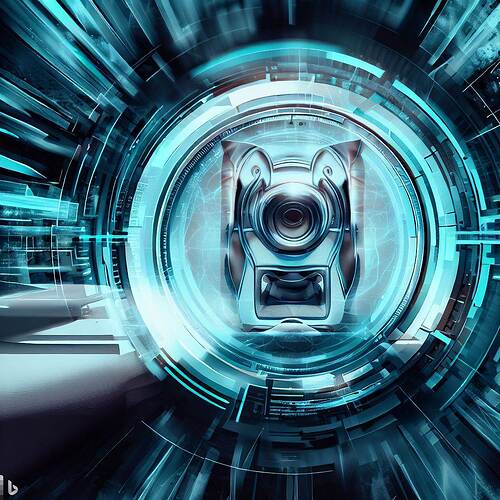Medical imaging has always been at the forefront of modern healthcare, enabling clinicians to visualize the human body in unprecedented detail. Recent groundbreaking advancements in medical imaging technology are set to redefine diagnostic capabilities, improve patient outcomes, and pave the way for personalized medicine. From faster and higher-resolution imaging to innovative modalities, the landscape of medical imaging is rapidly evolving, promising a brighter future for both patients and medical professionals.
1. High-Resolution 3D Imaging:
One of the most remarkable advancements in medical imaging is the development of high-resolution 3D imaging techniques. Traditional two-dimensional images are now being replaced with three-dimensional reconstructions that offer a comprehensive view of anatomical structures and pathological changes. These cutting-edge systems employ advanced algorithms and computational power to convert raw imaging data into detailed 3D models, providing clinicians with more precise information for accurate diagnoses and treatment planning.
2. Hybrid Imaging Modalities:
Hybrid imaging technologies are revolutionizing diagnostic capabilities by combining two or more imaging modalities into a single device. PET-CT (Positron Emission Tomography-Computed Tomography) and SPECT-MRI (Single-Photon Emission Computed Tomography-Magnetic Resonance Imaging) are prime examples of this integration. These systems synergize the strengths of each modality, offering complementary functional and anatomical information simultaneously. This fusion of data enhances the accuracy of disease detection, staging, and treatment response assessment.
3. Artificial Intelligence (AI) in Medical Imaging:
AI is reshaping the landscape of medical imaging, presenting vast opportunities to improve diagnostic accuracy and streamline workflows. Deep learning algorithms analyze medical images, rapidly identifying patterns and anomalies that might elude human observation. AI-driven image analysis aids radiologists in making quicker and more precise diagnoses, particularly in areas like oncology, neurology, and cardiology. Moreover, AI can assist in automating image processing tasks, reducing the burden on medical staff and enhancing overall efficiency.
4. Portable and Point-of-Care Imaging Devices:
Advancements in miniaturization and mobile technologies have led to the development of portable medical imaging devices. These compact devices bring imaging capabilities directly to the patient’s bedside, emergency scenes, or remote locations. Portable ultrasound machines, handheld X-ray devices, and smartphone-based ophthalmoscopes are just a few examples of point-of-care imaging solutions that improve access to diagnostics and expedite decision-making, especially in critical situations.
5. Molecular Imaging:
Molecular imaging is rapidly gaining prominence in precision medicine. This cutting-edge modality enables visualization and tracking of specific molecular and cellular processes within the body. Using radiopharmaceuticals or contrast agents, molecular imaging can provide valuable insights into the progression of diseases at a cellular level. It holds great promise for early detection, personalized treatment planning, and monitoring of therapeutic responses in various medical conditions, including cancer and neurological disorders.
These recent advancements in medical imaging are driving a transformation in healthcare, placing more emphasis on early and accurate diagnosis, personalized treatment plans, and improved patient care. As these technologies become more accessible, medical professionals will have powerful tools at their disposal to diagnose and treat a diverse range of diseases more effectively.
While these advancements are undoubtedly promising, researchers and clinicians continue to explore new frontiers in medical imaging technology. Collaborative efforts between academia, industry, and healthcare institutions remain vital to push the boundaries of medical imaging and further enhance its potential in improving global health.
As the journey of medical imaging technology progresses, the future holds exciting possibilities for the field of healthcare, empowering medical practitioners to unravel the mysteries of the human body and provide patients with the best possible care.
